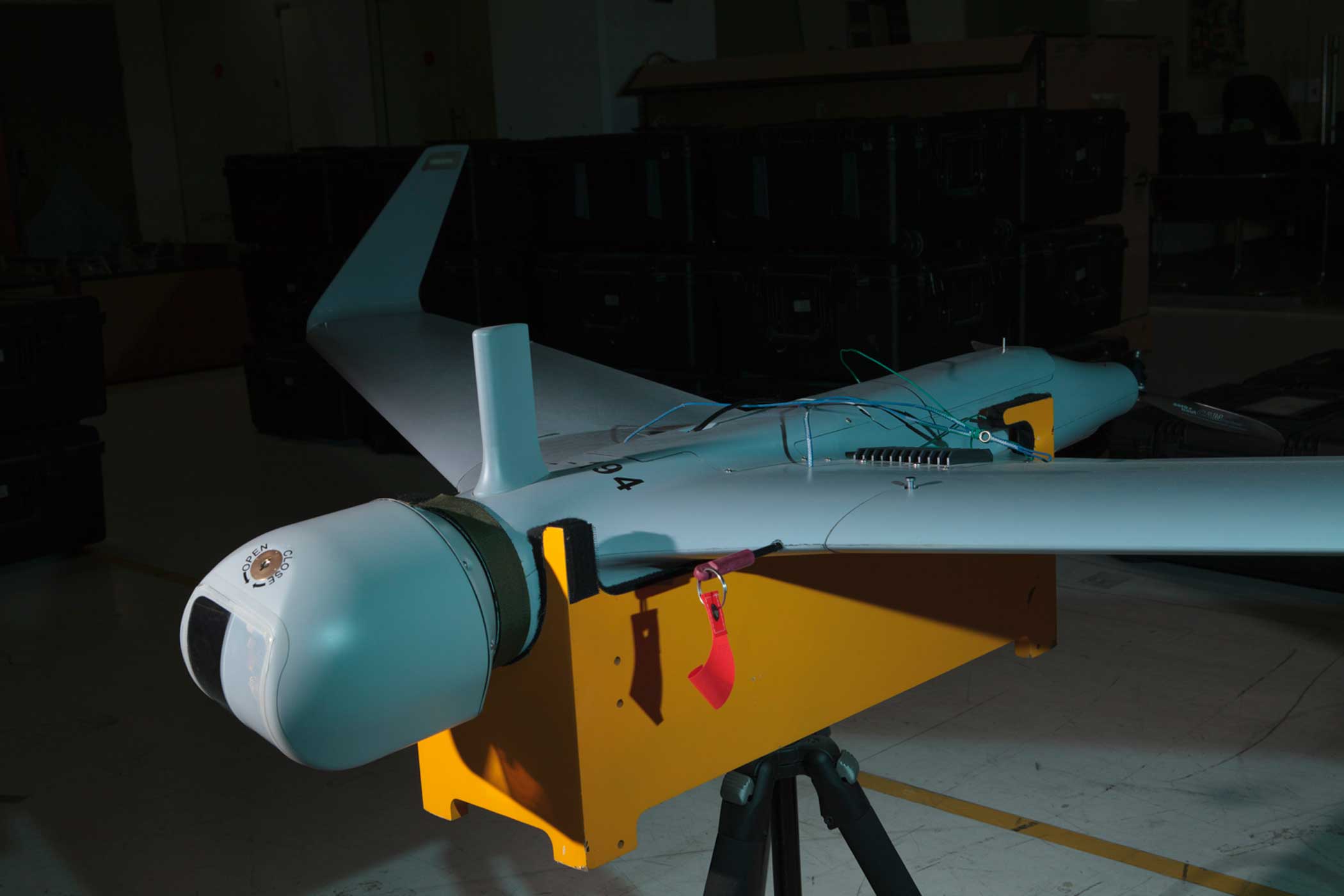
Drones, formally called Unmanned Aerial Vehicles (UAVs), have become essential to military and intelligence agencies around the world. Over the past six months, photographers Vittoria Mentasti and Daniel Tepper went inside the factories, showrooms, and storage spaces that make up the core of Israel’s drone business. They provide a unique dive into an industry that is playing an increasingly pivotal role both in Israel and worldwide.
In the Unmanned Aerial Vehicles industry, drones can offer the best results in any situation. “It will be safer, it will be easier, it will be cheaper,”says Daniel Bichman, a former Israeli air force pilot and now the director of marketing at Israel Aerospace Industries (IAI), one of the leading companies in the production and research of UAVs. “Normally we say the three Ds: the dirty, the dull and the dangerous mission. Do it with UAVs.”
In the last 10 years the number of countries flying UAVs has more than doubled and today more than 80 countries have some sort of drone capability. UAV manufacturing is the fastest growing sector of the aerospace industry and worldwide sales of the technology over the next ten years are projected to double and total more than $90 billion.
Israeli companies have played a leading role in this market. The country is recognized as the top global exporter of UAVs – accounting for over 60% of all international sales since 1985. Israeli drone makers make the majority of their business selling their systems to foreign countries.
The U.S. was seen as having a monopoly over aerial drone technology in the years following the September 11th attacks, but the Israeli military first developed modern UAV systems and pioneered their use as surveillance and war fighting tools.
The Israelis realized the potential military applications UAVs had in the early 1970s during Yom Kippur War with Egypt and Syria. After losing many of their planes to surface-to-air missiles, the country used Vietnam-era reconnaissance drones purchased from the U.S. to locate opposing anti-aircraft sites. The aerial drones proved to be vital assets during combat and the Israelis began to develop their own UAVs.
By the late 1970s the Israeli military was flying their own models. The simple designs of these first-generation systems: propeller driven, with lightweight glider-style airframes, would have a great influence on subsequent UAV development.
Today, the Israeli government does not comment on most of its UAV operations but various reports have shown that its Air Force uses the technology for long-range surveillance missions as well as for airstrikes over Gaza and most in other countries, in and around the Middle East.
The rapid development of UAV technology is part of a larger shift by advanced militaries around the world to employ drones to complete a variety of missions carried out by humans. This process will take soldiers off the battlefield and in some cases remove them from the chain of command – leaving decision making to artificial intelligence systems.
Neve Gordon, an Israeli political science professor, reached over the phone said that in the future there will be machines that, “…will be better equipped to distinguish between civilian and combatant, and to make the decision whether to fire or not to fire.” Moving towards the future what we will see, “is the transformation of the decision making process to the technology itself: where the soldier sitting behind the computer becomes part of the technology, rather than controls it.”
Daniel Tepper is a photographer and journalist based in New York City and the Middle East. Follow him on Instagram and Twitter.
Vittoria Mentasti is an Italian photographer and artist. Follow her on Instagram.
Josh Raab is an Associate Photo Editor at TIME. Follow him on Instagram and Twitter.

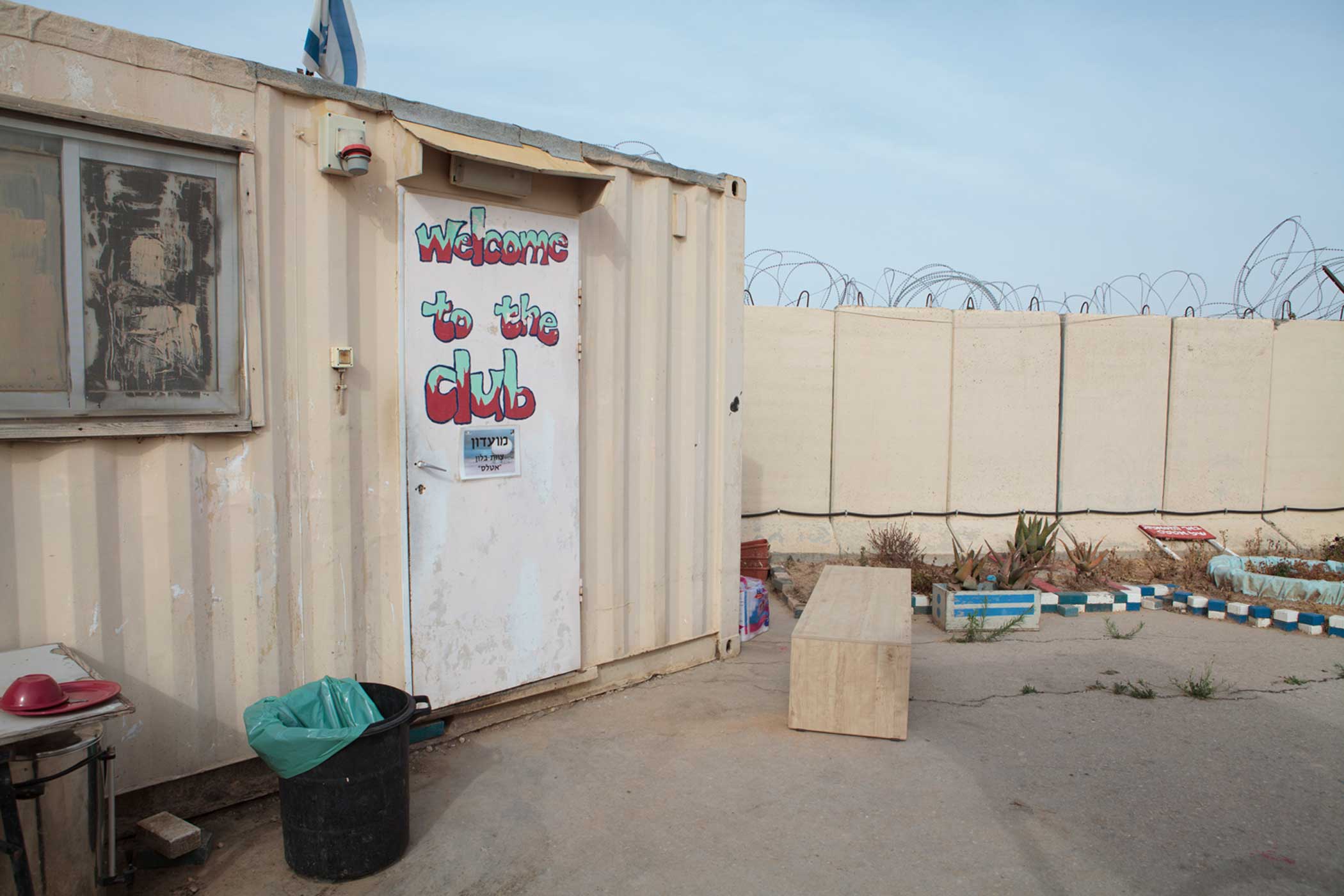

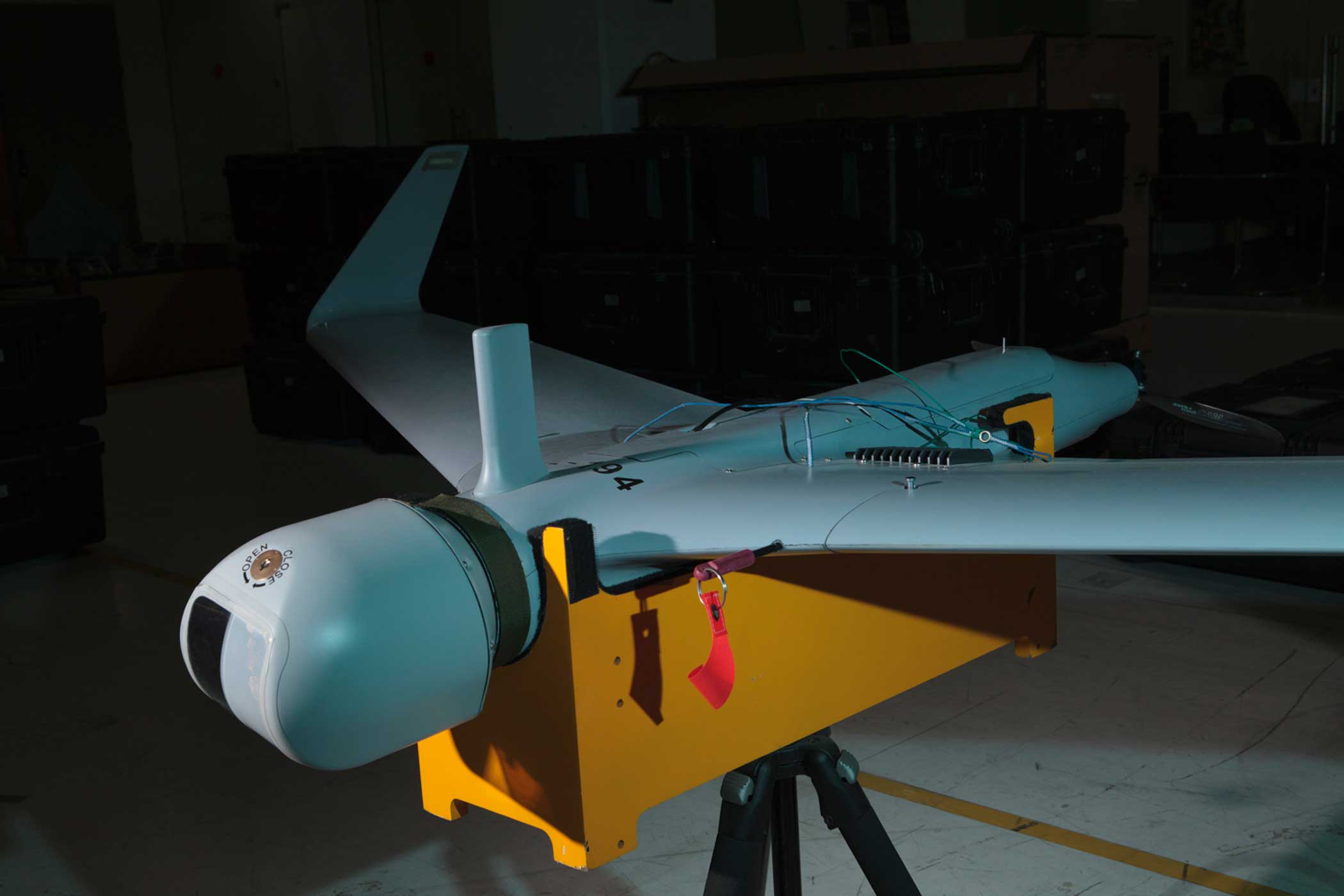
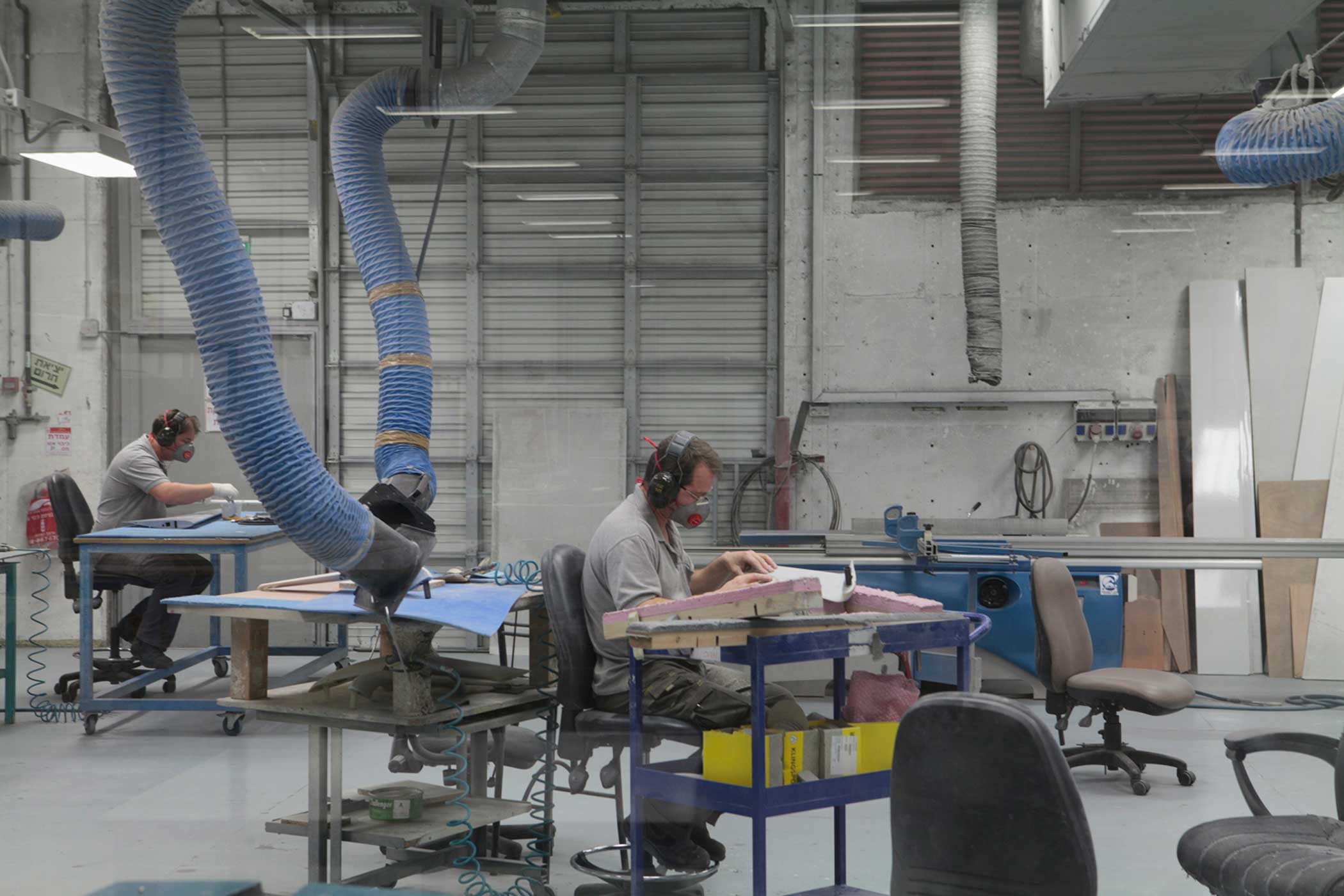
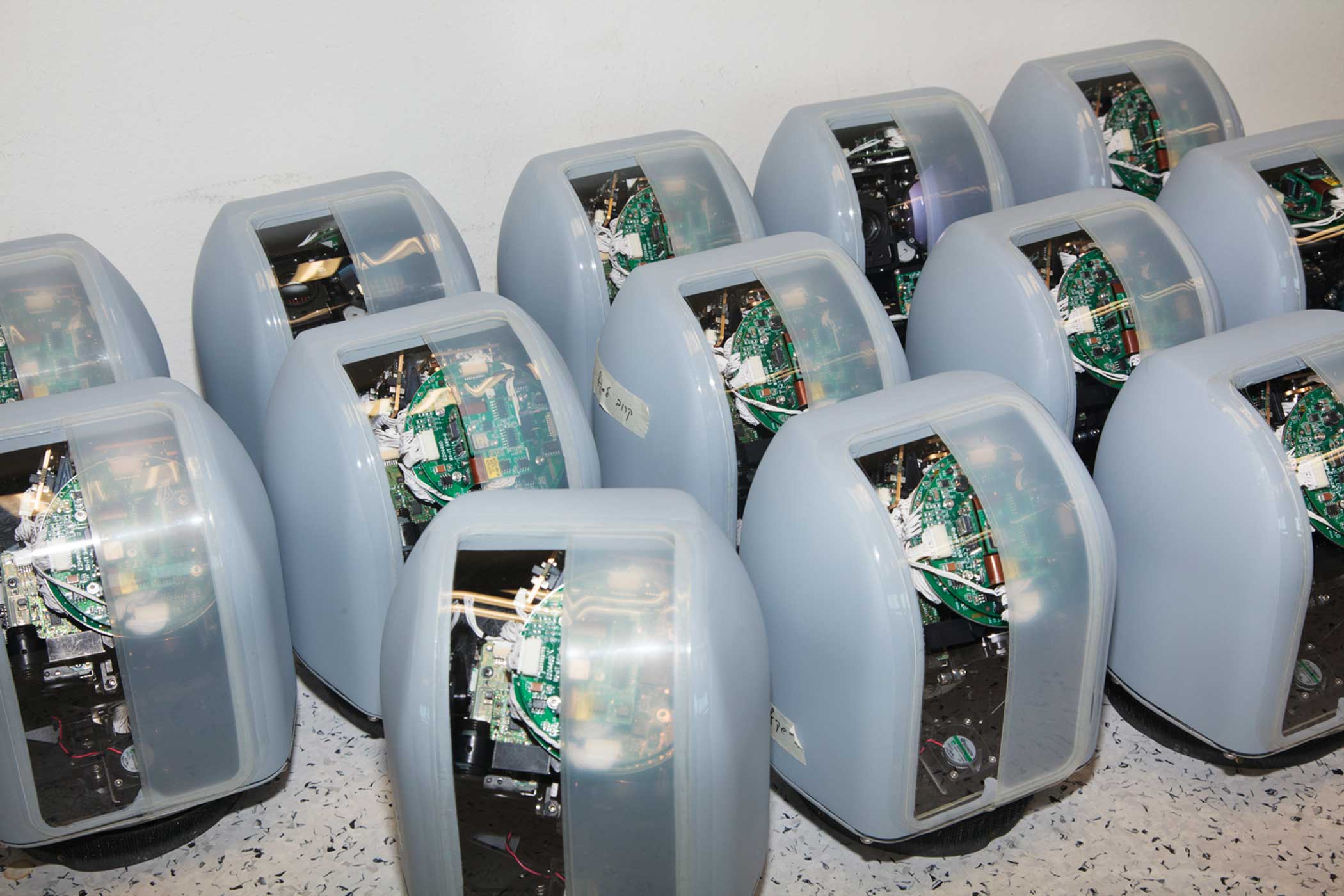
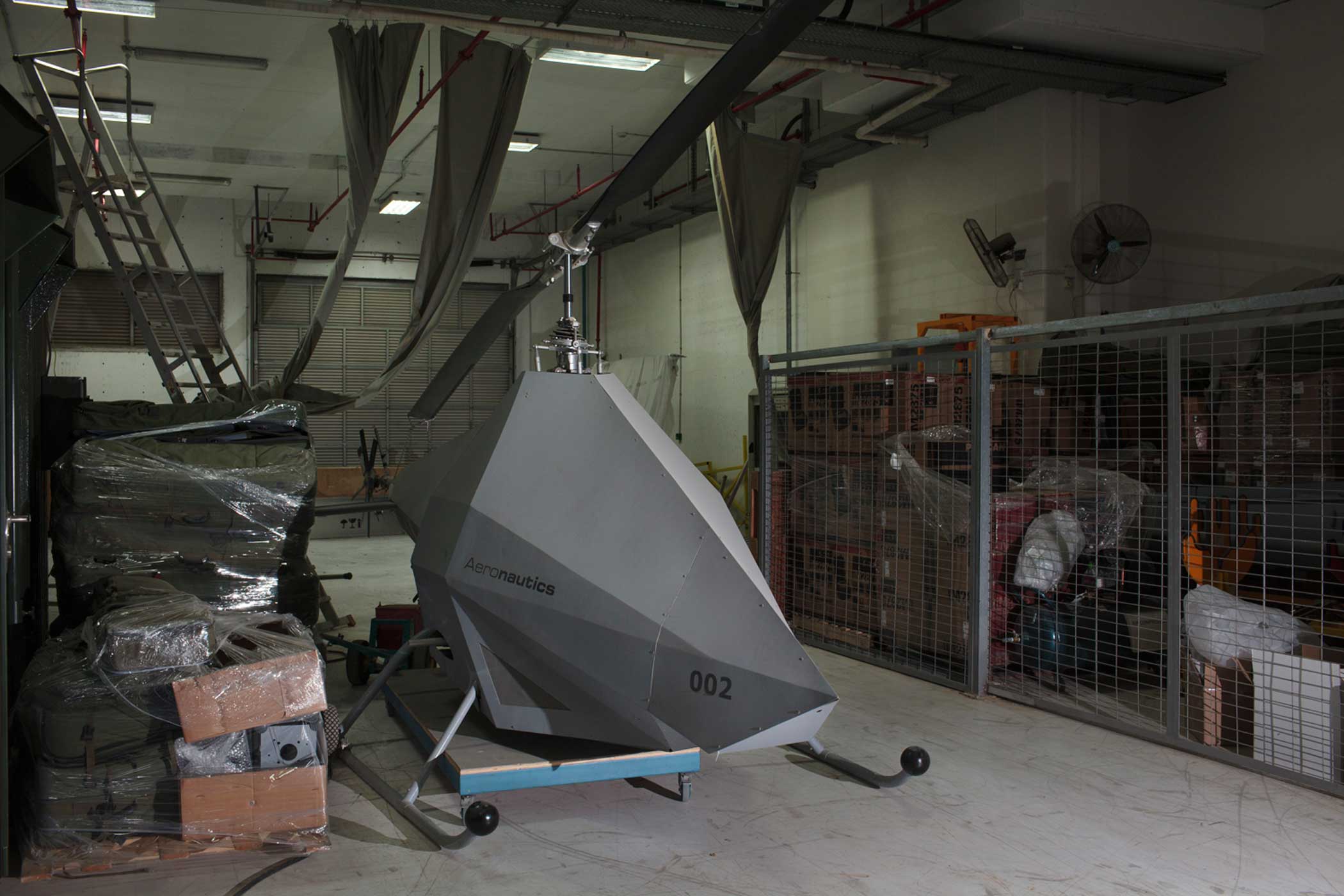
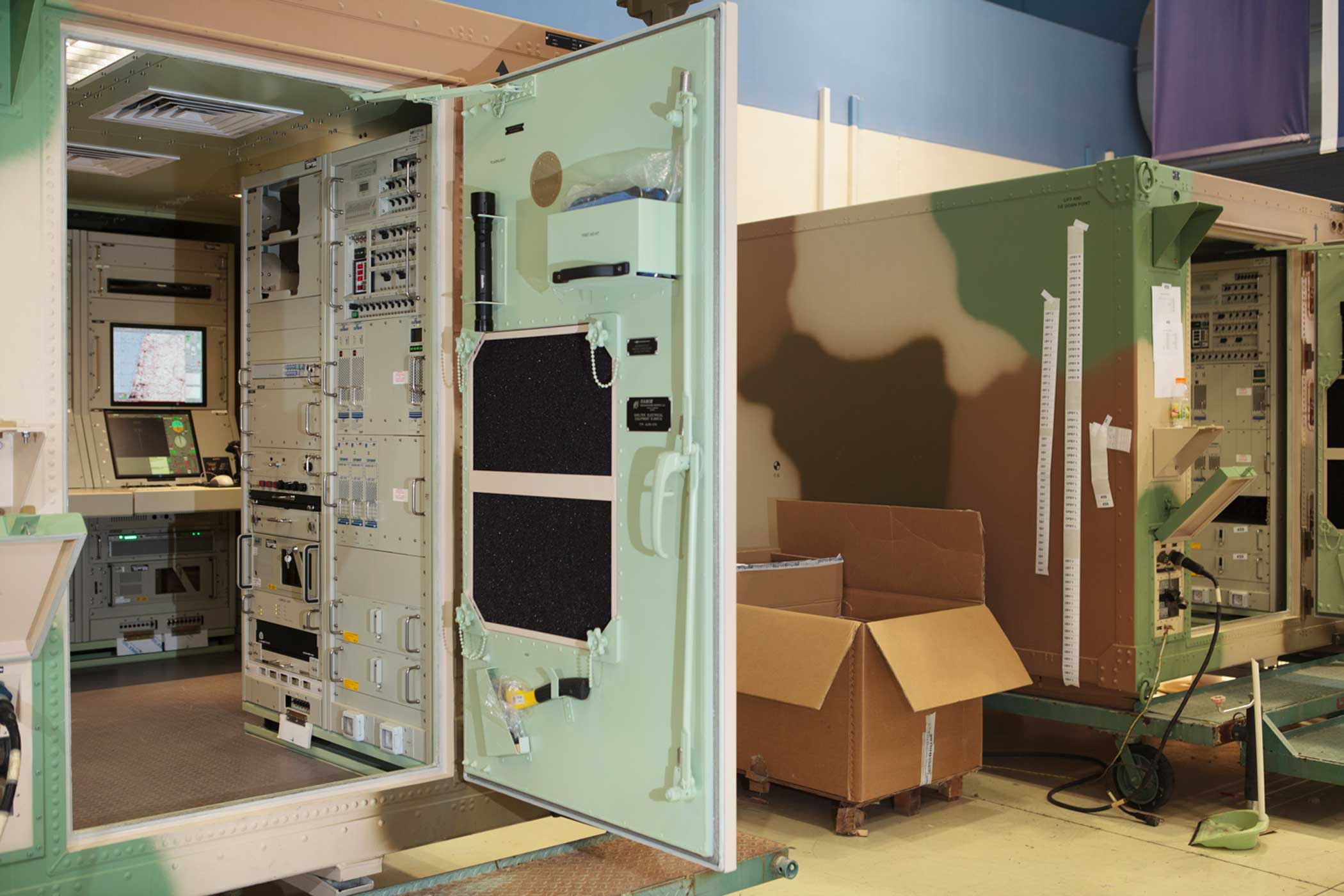
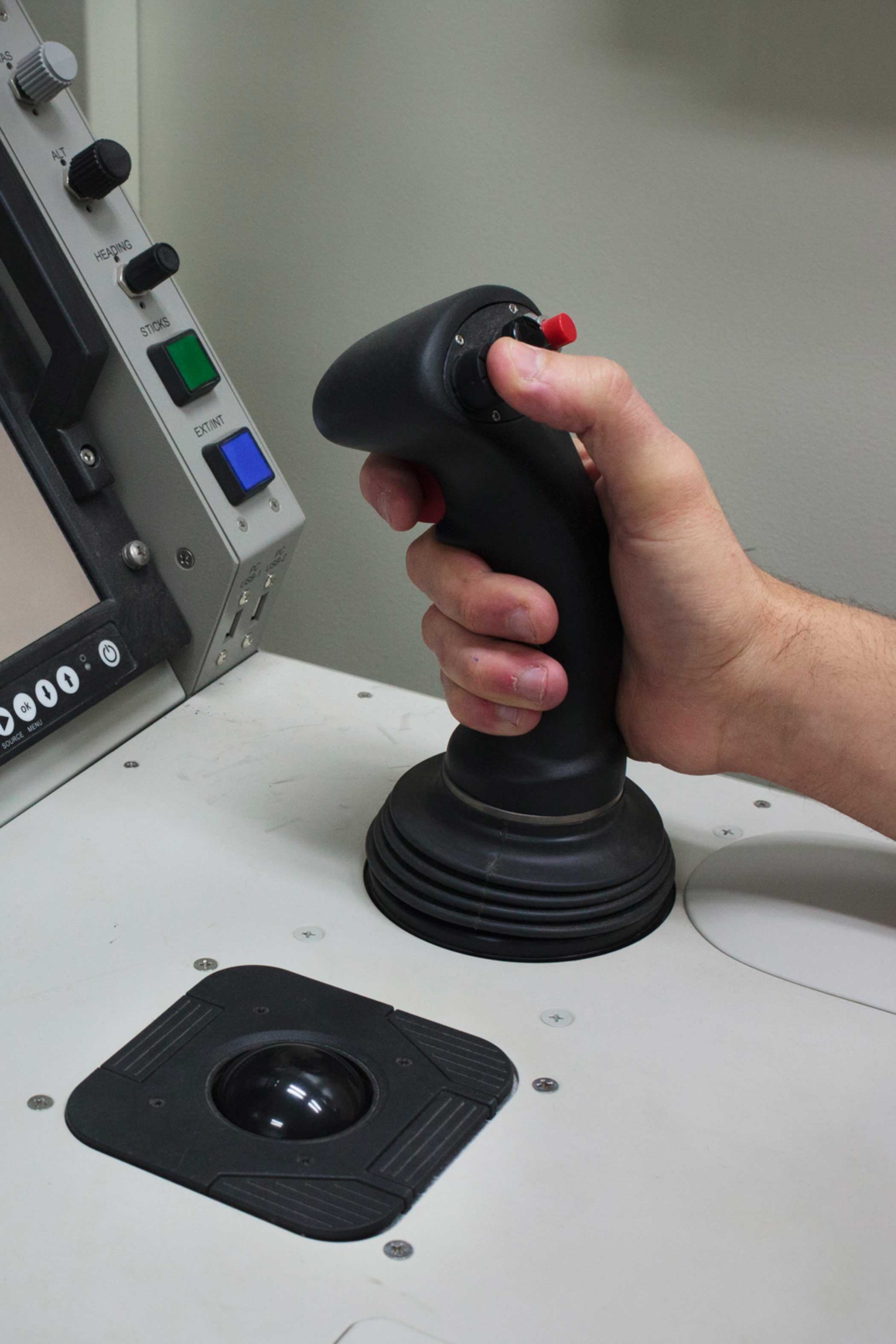


More Must-Reads from TIME
- Cybersecurity Experts Are Sounding the Alarm on DOGE
- Meet the 2025 Women of the Year
- The Harsh Truth About Disability Inclusion
- Why Do More Young Adults Have Cancer?
- Colman Domingo Leads With Radical Love
- How to Get Better at Doing Things Alone
- Michelle Zauner Stares Down the Darkness
Contact us at letters@time.com